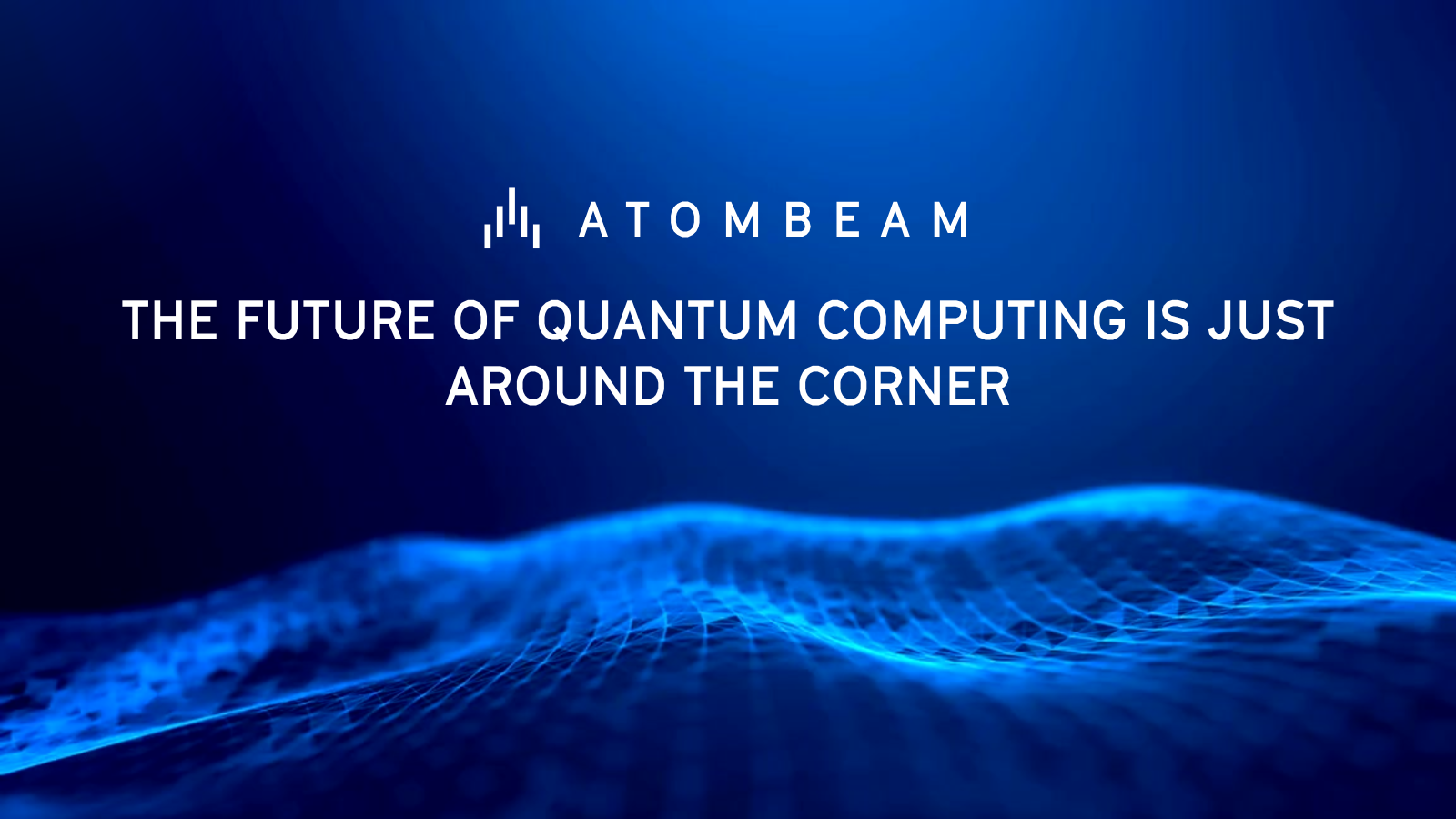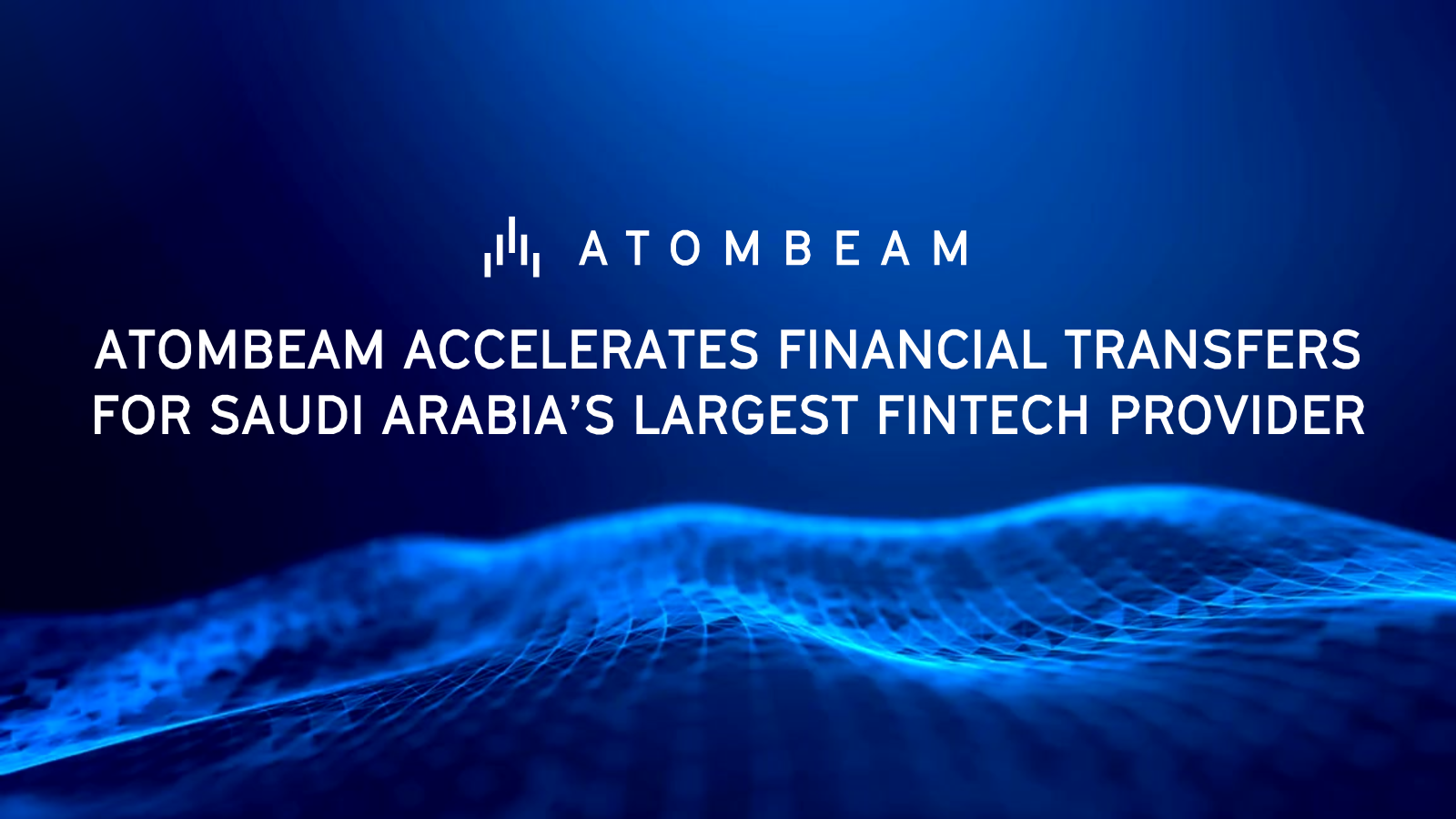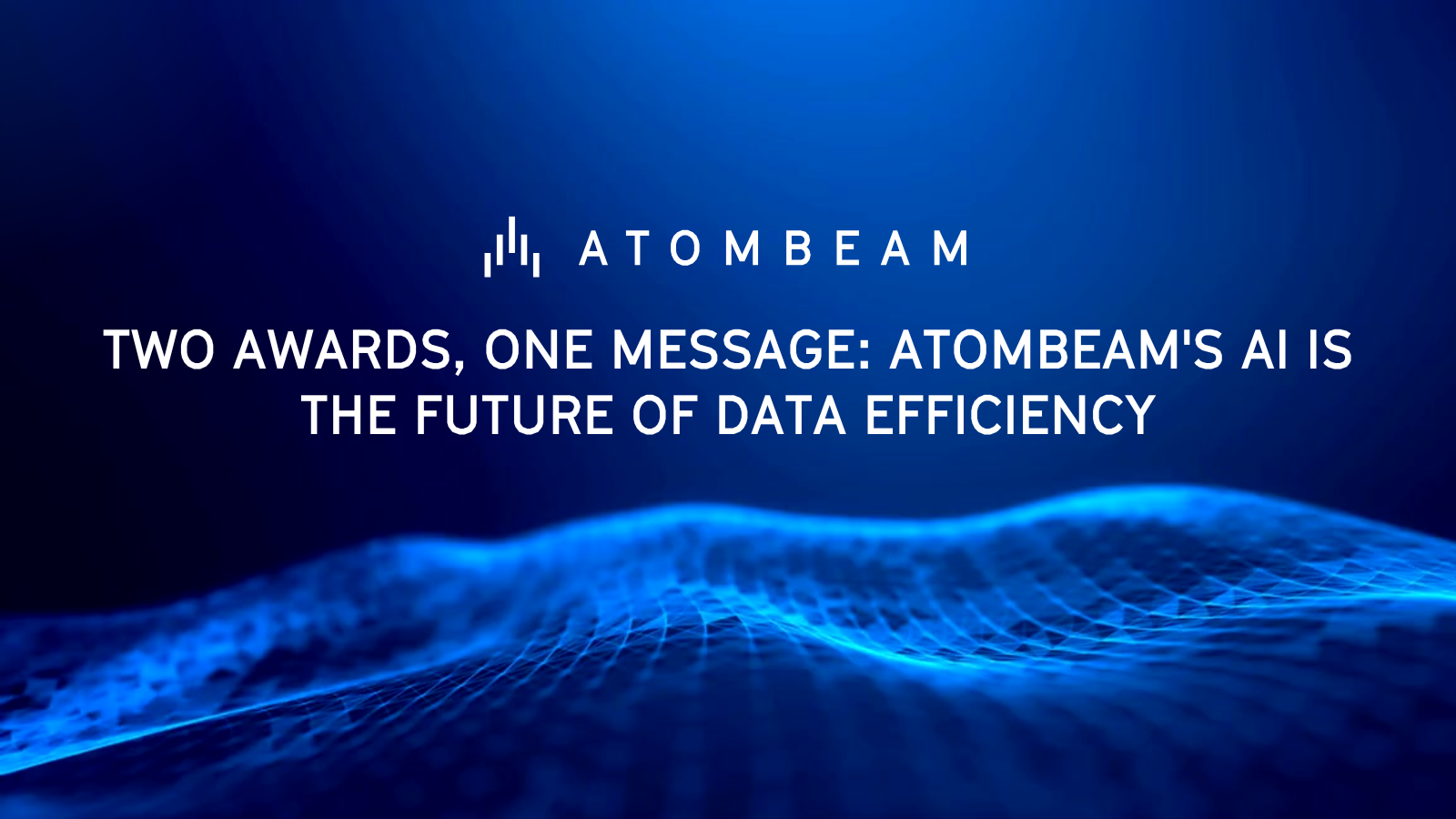- Can you introduce yourself to our audience? Tell us who you are and what your company does.
“My name is Charles Yeomans. I am the CEO and founder of Atombeam, a technology company that developed an entirely new way for computers to communicate and a suite of products that revolutionizes how data is encoded, used, transferred, managed, stored and secured. Our core technology, Data-as-Codewords, enables computers to exchange data with code that extends far beyond the limitations of letters and numbers in traditional code, and instead incorporates patterns computers are adept at identifying.
A quick description of our Neurpac solution will put that in perspective. Using Data-as-Codewords Neurpac identifies patterns in data. It then creates a ‘codebook’ that matches patterns in the data to ‘codewords.’ The data, which remains intact, but is much smaller – typically by 75% – is then sent to its destination, such as a communications link, where it is decoded by a ‘decoder.” All of this happens in milliseconds and results in a 4x or more increase in available bandwidth, dramatically decreased latency for real-time data transfers, and radically lower power usage.
And because the data is compacted, again by 4x or more, storage requirements are radically reduced. Just as importantly, because the codewords are inherently more variable than traditional code, Neurpac makes data inherently secure.
Our second solution, Neurcom, is currently in advanced development with the U.S. Air Force Research Laboratory. It has shown that it radically increases available bandwidth in networks that share image and audio files while maintaining equal or better quality. We are excited by its direct relevance to aerospace, telecommunications and media companies.
Our third solution, the Lightweight Codeword Model, reduces the training time and operational efficiency of generative AI by 15-50%. We believe enterprises will find it transformative as they work to navigate complex, real-world scenarios in which AI must be truly dynamic, even when utilizing less powerful hardware.”
- What are the consequences of using data compaction? What are the possibilities it could unlock?
“The compaction Data-as-Codewords makes possible has a direct impact on compute, storage and networking, particularly in the face of two transformative computing trends: The proliferation of heavy AI workloads and the exponential increase in machine-generated data we are seeing as the edge continues to expand outwards.
On one end of the spectrum, we are seeing the sheer weight of generative AI workloads push existing infrastructure to the brink. Data centers and devices don’t have enough power to handle massive AI workloads and our networks don’t have enough capacity to move them fast enough.
On the other end of the spectrum, we have a dramatic increase in machine-generated data, which also includes small sensors that are often too light to be effectively encrypted. Frighteningly, this all too often presents bad actors with an open door into networks.
Atombeam addresses the fundamental challenges associated with all of these trends by making data far smaller and far more secure – enabling enterprises to tackle their data-related challenges without incurring the dramatic costs associated with new CapEx investments in networks.”
- Can you tell us about your big ambitions for the company?
“In the tech sector, we have collectively responded to new technologies and the proliferation of more complex data by building faster chips and more powerful processors. But the growth of generative AI and machine-generated data upends that dynamic. We have reached a point where improvements in hardware will not suffice. We must look at the data itself.
My big ambition for Atombeam is that it transforms how data is used, moved, stored and secured while simultaneously enabling the technology sector to do more with the same satellite, cellular and wired networks – all while making new, previously unthinkable use cases possible. At Atombeam, we have an incredible opportunity to do that.”
- What do you find exciting about the satellite IoT industry right now? Any big tech predictions for the year?
“The satellite IoT industry today is in my opinion the most exciting environment of all. If you look at any industry – be it in aerospace, energy, healthcare, media, telecommunication, or transportation among others – the ability to work and go beyond the constraints of wired networks is increasingly inherent. Drones and autonomous vehicles, seamless communications, remote monitoring of patients, and networks that deliver guaranteed bandwidth for mission-critical operations are either made possible by or improved with connected devices that draw on the performance and flexibility that only satellites can provide.
My prediction is that the satellite enabled IoT will grow far beyond our wildest expectations in the coming years and begin with record growth in 2025. I also believe we will see more activity as new delivery systems bring space ‘closer’ to us than ever before.”
- What are the main reasons businesses are choosing to adopt your solution?
“Right now businesses are turning to Atombeam primarily as a solution to the bandwidth limitations and issues with latency that limit their performance – particularly in industries where remote operations are literally at the edge of the network, and AI workloads and machine-generated data are bogging down networks.
We are also seeing a significant uptick in interest among data center operators who are coming to realize just how much AI workloads will encumber their existing facilities.”
- What do you think are the key challenges preventing businesses from realising the full potential of IoT solutions?
“The reality is that the ‘things’ that comprise the IoT are only as effective as the networks that connect them. For advanced use cases, such as drones and autonomous vehicles, we’re talking about massive, continual and by necessity near real-time data transfers. Adequate, guaranteed bandwidth and low latency are crucially important. Without it, businesses cannot realize the full potential of their IoT solutions. It’s also one of the reasons that satellite networks and the performance they offer play such a core role.
Security is the other issue that is really preventing businesses from realizing the full potential of their IoT solutions, or alternatively presenting them with significant risk. As I mentioned earlier, most of the sensors – many of which are endpoints in today’s IoT – are essentially unprotected because they are now powerful enough to effectively work with encryption. The resulting danger cannot be overstated.”
- What role does satellite communications play in enabling the success of your solution?
“Satellite communications play a crucial role in our solutions at Atombeam because they are a fundamental component of the use cases shaping every industry and almost every use case. As the edge of the network continues to expand outward the limitations of wired networks will become more apparent. Satellite networks provide the performance and flexibility a wireless world requires.”
- How has your company benefited from being an ELEVATE partner?
“Being associated with an industry leader and highly respected and innovative company like Viasat is in itself a benefit of being an ELEVATE partner. It is also mutually beneficial to all involved. As a partner, we have solutions that enable Viasat’s longstanding and loyal customers to overcome the bandwidth constraints and issues they face. Our inclusion in the ELEVATE marketplace is truly a win-win for all involved and we are incredibly proud to be a partner.”
- Where can people connect to learn more about your company?
“People can learn about Atombeam by visiting us at atombeamtech.com or request a meeting with us by noting Atombeam and emailing elevate.partner@viasat.com.”









